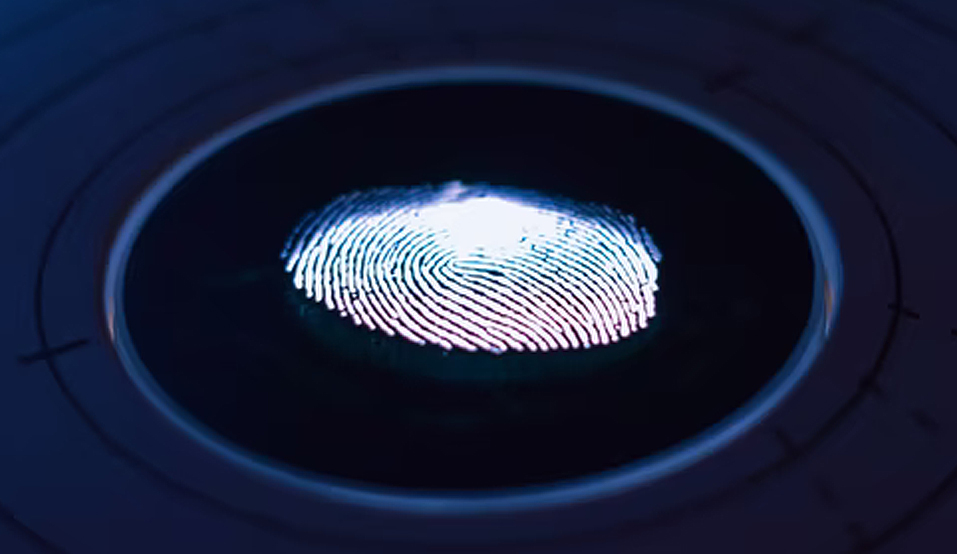

Biometrics are a field that has become a significant part of people’s everyday lives. You may not even realize all of the ways that biometrics have become ingrained in your daily life. This is a technology that is constantly evolving, creating major changes for the future. By reading on, you can learn more about biometrics, how it’s currently used, and what is potentially in store for the future of biometrics.
Biometrics are defined as the measurement and statistical analysis of a person’s unique behavioral and physical characteristics. This technology is primarily used for identification purposes, offering access control or to identify people currently under surveillance. The basic idea of this concept is that each person is able to be accurately identified by their individual and intrinsic behavioral or physical traits.
Different types of biometrics include:
To understand the future of this technology, you can first look at some of the ways that we use biometrics in our everyday life. This section takes a look at the common ways we use biometrics.
Biometric data is used by online banking to identify users, particularly through either facial recognition or using fingerprints for identification. If there is a problem with biometric data, such as they are unable to read your fingerprints, you can use backup modes of accessing your financial information through using passwords or being able to contact support for help.
People are starting to prefer using mobile payments over traditional card payments, primarily because this is a more secure option. Biometrics are used to confirm the identity of the buyer, reducing the risk of fraud.
Biometric technology is an important tool for border control and the purpose of counterterrorism. Law enforcement can use biometrics to identify a person with a decent degree of accuracy. It can also be a highly effective tool for the purpose of forensics. It can help governmental agencies to identify a person using forensics and use this to confirm whether or not a party had any involvement in a crime. There is a broad use for biometrics here.
Now that you have seen just some of the ways that biometrics are used today, what’s the future of this field? There are currently a lot of services in development for biometrics right now. It’s only a matter of time before these new technologies are made public. This is particular true when it comes to security features, as biometrics offer simplicity in identification technologies. This section will take a look at potential future trends in biometrics in 2021 and beyond.
Two major trends right now in biometrics is using it for authentication purposes. One of these trends is multimodal biometric authentication. This trend is where authentication technology not only uses one biometric tool for authentication, but it uses several different options. Another technology here is a personal device that is used as a biometric access token. Your smartphone likely has features like fingerprint scanning, camera, and microphone for biometrics. Some newer devices may even have an iris scanner, as seen on Samsung flagship devices.
Using biometric single sign-on service is going to provide a person the ability to use a single means of identification to access any authorized IT systems and resources. What this means is that you can use a specific type of biometric authentication, which allows you access to a majority of the apps on the device. For instance, if you use your fingerprint to get into your phone, you can use a majority of the apps without repeatedly proving your identity.
Technology for facial and voice recognition is rapidly advancing over time. One trend in this industry that is particularly fascinating is using voice recognition for cars. These devices allow the driver to centrally control a majority of the car’s functions just by using their voice. This eliminates the need for them to use dials, switches, and buttons. This means that the driver can use their voice to control features, without being distracted by having to look away to adjust something.
Facial recognition is also getting better over time. One great application is to be able to better identify people in crowded places or using facial recognition for phone authentication.
Biometric identification has been working parallel of cloud services development. These modern solutions strive to integrate a variety of segments into solutions that can cover the needs of the client. It isn’t just about physical security; it’s also about the cloud. Biometrics and cloud-services can be used as part of a multi-factor authentication to meet the needs of the future.
There are potential concerns that people have for the future of biometrics, with some good reason. One of these valid concerns has to do with a standardization required for certain applications of biometrics. For instance, if you want to screen travelers in airports you need to make sure that there are standard solutions across the different airports. Without biometric standardizations across the industry, this won’t be as effective.
There’s also the concern with people abusing biometrics for their own purposes. This should only be used for security purposes, not as a means of personal surveillance. The concern is that if there isn’t any oversight to make sure that biometric technologies are not used inappropriately.
Biometrics is an industry that is always changing to offer the best level of security for technology. It is a versatile technology that can increase security of devices and help governmental agencies keep citizens safe. However, there are also people who are concerned about the ways that these things can be misused by people for their own means. This technology is rapidly advancing, offering new users for this technology every year. Who knows what the future will hold for this industry, but there is a call for oversight to ensure that this technology is only used for its intended purposes.

I’m a Nerd and very proud of it! I love to write about anything Tech related. Subscribe to our blog for helpful tips, tricks & news.




